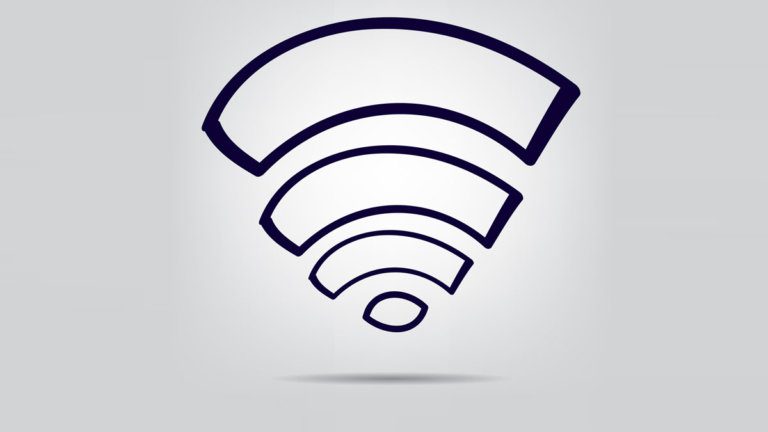Wireless
Coming Up for Air on LTE-U Coexistence: An Update

If you have been tracking CableLabs’ work to ensure that the introduction of LTE into unlicensed spectrum does not do disproportionate harm to Wi-Fi consumers, you may have noticed that it has been a while since we wrote in this blog on the topic. That’s not because we’ve moved on, however. To the contrary, we’ve been hard at work with industry stakeholders.
News of the Week: The Wi-Fi Alliance Workshop
This week, CableLabs contributed to the second Wi-Fi Alliance (WFA) LTE-U Coexistence Test Workshop, just as we did at the first WFA event. The proceedings served as an update on work within the WFA – of which CableLabs is a member, along with 600 or so other companies, including the proponents of LTE-U – to develop consensus-based technical procedures to validate the coexistence performance of LTE-U devices. This is occurring primarily through the development of a test plan, of which a draft was released this week for informational purposes.
As Edgar Figueroa, WFA CEO noted at the event, the coexistence test plan is not complete. Since the test plan is to be used in its entirety as a holistic suite of tests that LTE-U devices must pass, we must reserve final judgment until it is complete. But it looks promising at this stage.
Principles for LTE-U Coexistence Testing
As we outlined at the WFA workshop alongside Google, Broadcom, and Comcast, any satisfactory test plan must:
- Specify a rigorous and realistic set of test cases that validates LTE-U ability to coexist fairly with Wi-Fi;
- Not simply be a demonstration of equipment’s ability to satisfy the LTE-U Forum Coexistence and CSAT specifications, or vendor solutions and claims, which are insufficient to prove coexistence;
- Include clear, quantified pass/fail metrics to ensure that LTE-U does not disproportionately degrade Wi-Fi performance; and,
- Be conducted in an open manner, with results available to the public.
The current draft of the WFA test plan appears to be on a path to meet these criteria. Some important test cases have yet to be written – for example, verifying that Wi-Fi consumers will still be able to choose their preferred network even in the presence of LTE-U – and we are working with the WFA to see that this and other unfinished pieces proceed expeditiously to completion.
Once the test plan is complete and verified to be effective, LTE-U devices will start proceeding through the tests. If a device passes the full suite of tests, stakeholders should (ideally) be assured that Wi-Fi consumers will not be harmed by its deployment. If a device fails a part of the WFA tests, then it will be clear that improvement in its coexistence technology is needed before it is introduced to the marketplace.
An Evolution in Tone
The cautious optimism of the day is in contrast to the tone of the LTE-U debate in 2015. Then, the discourse was marked by competing technical studies and at-odds assertions. Now, a common, industry-led technical engagement may produce definitive results. A couple of takeaways come to mind:
First, given the substantial effort of the unlicensed community to develop test procedures within the WFA, it should be clear to all that the bare-bones test cases in the LTE-U Forum Coexistence Specification are vastly inadequate – as we have been saying for some time.
And second, given the progress to date, industry collaboration must be given time to play out. Though it is proceeding expeditiously, work within the WFA is not done, and can only serve to validate LTE-U coexistence as a whole work product.
That is an important point that was missed in press coverage of the FCC’s recent grant of an experimental license to Qualcomm. In a blog post, Julius Knapp of the FCC was careful to distinguish between those independent experiments and the collaborative coexistence process of the WFA. Any testing that is based on a draft, incomplete set of technical procedures cannot, by definition, yield meaningful information on LTE-U coexistence. The independent experiments that will be conducted by Qualcomm under this grant of temporary authority are much different than the collaborative industry process that remains underway at the WFA.
3GPP Parallels
We certainly hope that the work in the WFA will lead to meaningful assurance that Wi-Fi consumers will not be harmed. For that to occur, the WFA test plan is likely to only be a start, even if it is proven to be rigorous in its final form. It is possible that evolution in LTE-U technology will be needed as well. That is how the development of License Assisted Access LTE (LAA-LTE) has occurred in 3GPP, the mobile standards body.
In 3GPP, a robust technical debate has led to improvements in coexistence features, with listen-before-talk procedures that should make the technology more friendly to its neighbors in shared, unlicensed spectrum. Work is just now beginning to simulate the efficacy of LAA coexistence properties. If the WFA coexistence testing model proves to be effective in protecting wireless consumers, it may also be adapted to LAA.
What’s Next
LAA is scheduled to be part of 3GPP’s Release 13 in March, and work within the WFA to develop the LTE-U coexistence test plan should be nearing completion around that time as well. Stay tuned… it looks like 2016 will see some major developments for wireless consumers.
Jennifer Andreoli-Fang and Bernie McKibben also contributed to this article.
Rob Alderfer is Vice President of Technology Policy at CableLabs.



